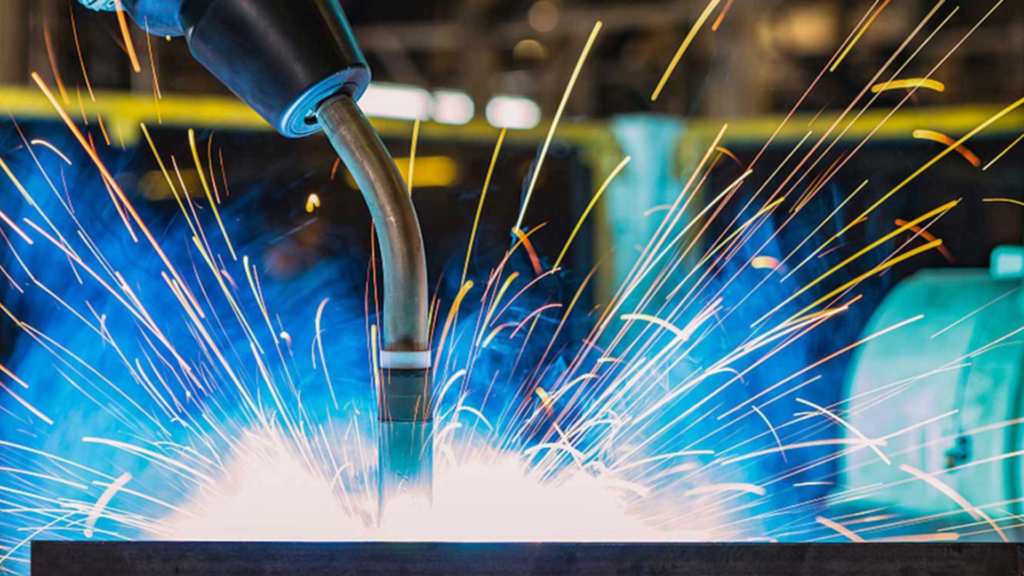Table of Contents
ToggleWelding and cutting is a process that requires careful operation. Here are some things to pay attention to during welding and cutting:
- Safety protection: When performing welding and cutting operations, you must wear appropriate personal protective equipment, such as welding masks, protective glasses, fireproof clothing, heat-resistant gloves, etc., to protect yourself from sparks, heat radiation and harmful gases.
- Ventilation and Exhaust: Harmful gases and smoke will be produced during welding and cutting, so a good ventilation system and exhaust equipment should be ensured to remove harmful gases in time and keep the working environment clean and safe.
- Fire source control: The welding and cutting process involves open flames and high temperatures. It is necessary to ensure that there are no flammable materials around the welding area and keep the availability of fire-fighting equipment to prevent fire accidents.
- Control welding current and parameters: Accurately set welding current, voltage, speed and other parameters according to specific welding and cutting methods and material requirements. Welding currents that are too high or too low can result in poor weld quality or material damage.
- Electric Shock Prevention: The current and arc generated during welding and cutting presents a shock hazard. Ensure that welding equipment is well grounded and avoid touching exposed electrodes and welding circuits to reduce the risk of electric shock.
- Control the heat-affected zone: High temperatures are generated during welding and cutting, which may cause thermal effects on surrounding materials and structures. Before welding and cutting, surrounding parts, coatings or seals should be carefully evaluated and protected to prevent heat distortion, damage or other negative effects.
- Quality control and inspection: After welding and cutting, quality control and inspection should be carried out to ensure that the welding or cutting quality meets the requirements. This can include visual inspections, weld strength testing, non-destructive testing, and more.
- Training and experience: Personnel performing welding and cutting operations should receive specialized training and have sufficient experience and skills. Familiar with welding and cutting equipment, processes and safety regulations, and be able to correctly deal with potential problems and risks.
Following these precautions will ensure the safety, quality and efficiency of your welding and cutting process. At the same time, the applicable national and regional safety standards and regulations should be complied with according to the specific situation and needs.

